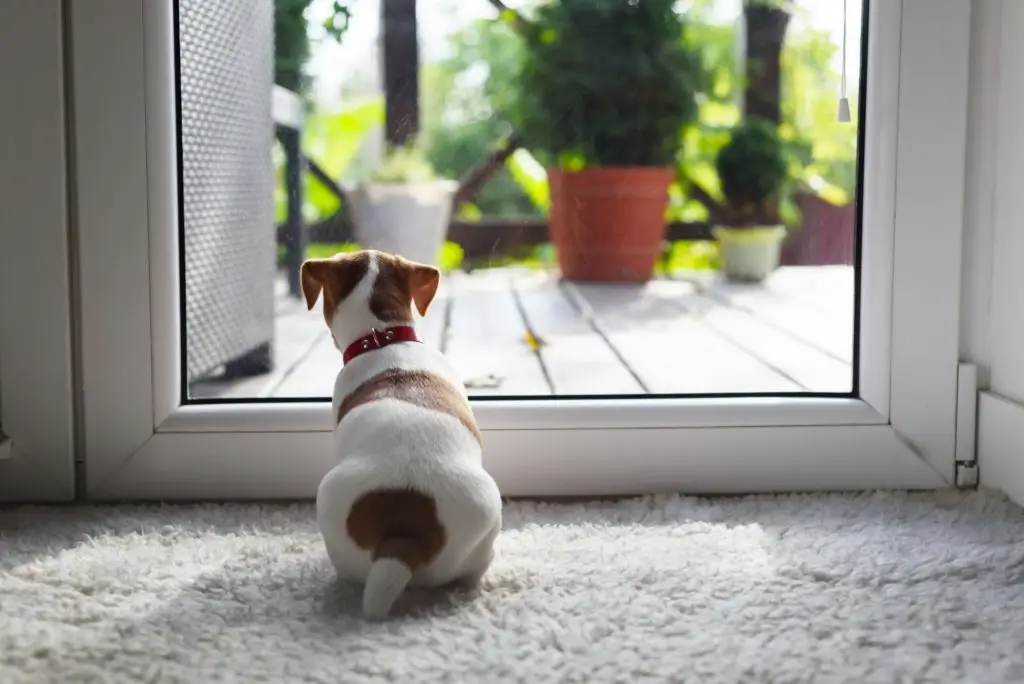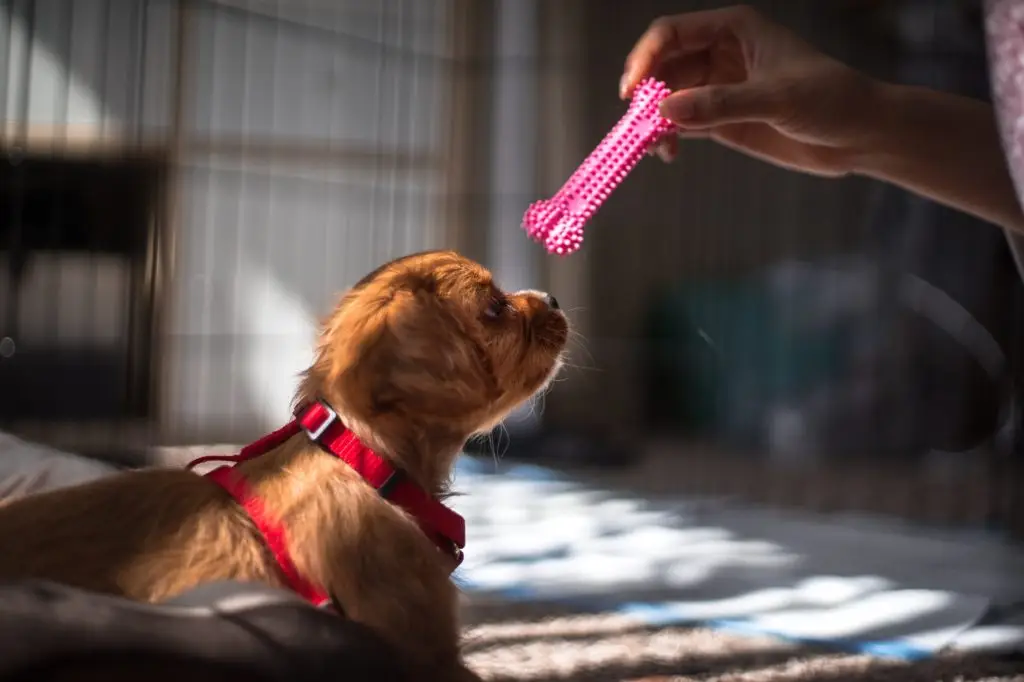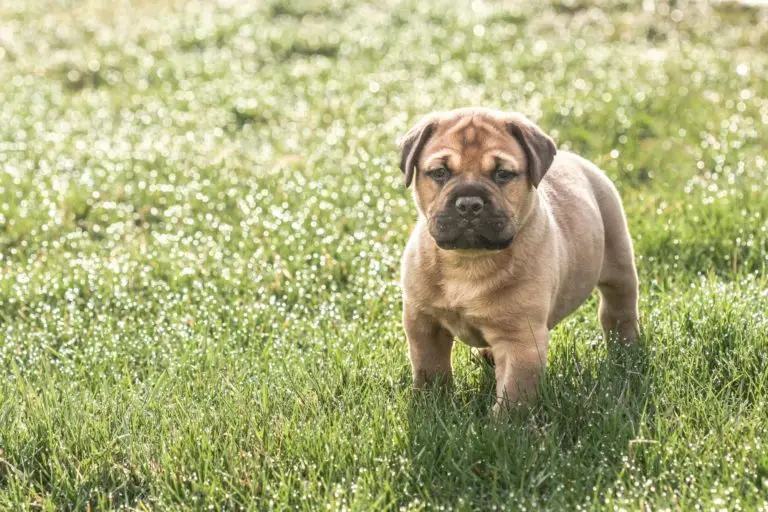Potty training a puppy (or even an adult dog) is a struggle for most pet owners. We work hard to keep our houses clean, and it’s frustrating that our new little family member just “does their business” wherever they want! The most important thing to remember is that housetraining is not a natural behavior for our pups, and it’s up to us to communicate with them and help them be successful! Here are a few things that can help you through this process:
Crate Training
Crate training is one of the most beneficial things you can do for your dog! Your dog’s crate should be a happy, peaceful, restful place. You can achieve this by introducing the crate as early as possible and rewarding their interactions with it. There are some great “crate games” resources on YouTube. Start small and grow steadily! A great way to encourage them wanting to be in their crate is to feed them their meals in there! Dogs naturally do not want to soil the place where they sleep (and eat!), so they will be hesitant to poop/pee unless they are left too long or have anxiety. Use this to your advantage to teach them to hold it until they can get outside!
Routine & Schedule
Every dog is different and you have to find what works for you and your dog as a team. Puppies obviously need to go out much more often than adult dogs, but they also need to gradually learn to adjust to a schedule. The more strictly you can stick to a routine early on, the more you are setting your puppy up for success. Pay attention to how soon after their water and meals they need to potty, then use that to help you develop a routine. Look for patterns and use them to your advantage! A potty should also be the very first thing they do when they wake up in the morning and the very last thing they do before they go to bed at night.
Communication
Not only is clear and concise communication important in potty training your dog, but it is also important to pay attention to how your dog tries to communicate with you! What is their “signal” for needing to go out? You can shape this signal by teaching them that performing a certain action (like ringing a bell or sitting by the door) is what opens the door for them to go outside. Make this action a part of your routine and you will start to see them “asking” to go out. Just make sure that you’re paying attention or you might miss the signal! Use a clear and concise command and be consistent when you use it.
Controlling Water/Food Intake
It is valuable to know the “potty window” between eating/drinking and when your dog needs to go outside. In addition to helping you develop a routine, this can also inform you on when you need to take up their water if you need to leave them in their crate or on their own for longer than usual. It is best to take up their water about 20- 30 minutes before their last potty before bed or before you leave for the house in the morning. Just make sure they don’t go too long without it! Again, the more you stick to a feeding/potty routine, the easier it is for your pup to learn!
Reward (No punishments needed!)
When your puppy does have an accident (and it will!), there is no need to punish them. Most often, they are not making a deliberate choice to be “bad.” They just couldn’t hold it any longer or weren’t conscious of having to go. A simple “uh uh” to mark the behavior as undesirable should be enough, then immediately take them outside. If they potty outside, yay! Give them lots of praise! If not, they can chill in their crate for a little while (remember, though, that the crate is not a punishment! Just a way to teach them to hold their bladder and prevent them from having the freedom to potty in the house again!).
The important part of using “uh uh” is that you have to catch them in the act of going potty! They have about 4-6 seconds to pair an action with your feedback, so if you find the puddle an hour later, they don’t understand why you’re upset. This means that if you can’t watch them to make sure they don’t have an accident, they need to be confined in some way. They can have more freedom once they learn not to potty inside.
Again, housebreaking is not naturally understood by dogs. It is a learned behavior, which makes our consistent and immediate communication very important. Do not inflict pain or suffering or rub their noses in it as a punishment. This behavior inhibits learning by creating anxiety and fear, which will ultimately slow down the process and cause our dogs to fear us instead of trust us. And when they do it right, praise them big time! Throw them a mini-party! They will be much more motivated to potty outside if they get rewarded for doing so!

Treat when they go potty! 
The crate should be a happy and comfortable spot for your pup 
Pay attention to the signals your pup may be giving you
Boundaries & Freedoms
It is always easier to start from boundaries and have your puppy earn freedom, than it is to start with unlimited freedoms and then have to impose boundaries.Giving your puppy too much freedom to wander the house when you’re not actively supervising them can be detrimental to the potty training process. When not being directly supervised, they need to be confined in some way, whether that be their crate, a playpen, or even baby gates in strategic places. Remember that they need to be caught in the act if they are to understand that pottying in the house is not a good thing. So place boundaries around them until they have earned the freedom.
You also want to limit outside freedom until after your puppy has pottied. If they are outside by themselves or are off-leash in a large space, their attention spans can drift and they may not remember to go potty while they are outside. Take them on a leash to the same spot and give them their potty command. Once they have pottied, you can give them a little more freedom to play.
Eliminate Odor
When accidents occur, immediately clean the area using a cleaner that eliminates odors. The type of cleaner usually depends on the type of flooring. If the odor remains, the puppy will be encouraged by the smell to return to that spot when they need to potty again. If there is a spot in your home to which your pup is continually returning, clean the area thoroughly and block it off as best you can while continuing to potty train your pup.
Patience
It can take up to a year to potty train a puppy, so don’t be discouraged if it seems to be taking a while. Be patient, be consistent, stick to a schedule, crate train, limit freedoms, and praise them when they get it right!
If you’re still struggling, discuss your issues with your vet or a dog trainer. It is possible that there may be some other issues going on, such as a urinary tract infection or anxiety issue. The most important thing with all dog training is build your bond with your dog, so make it fun and make them want to work for you!

Recommended Products
Crate: Any wire, plastic, or fabric crate will do the trick. You have to find what works for your pup. It needs to be big enough for them to comfortably stand up and turn around. If you get a crate big enough for them to grow into, look for a divider to limit the space while they are still small.
Cleaner: You want a cleaner with enzymes that break down the urine odors. Nature’s Miracle Stain and Odor Remover works well on most surfaces and can be found on Amazon, Chewy, PetsMart, and most pet sites/stores.
Things to do in crate: While spending time in their crate, it is good to give your pup something to occupy his attention. You want to make sure that it is not a choking hazard or cannot break their teeth! Kong stuff-able toys filled with treats, peanut butter, or frozen yogurt can be great! Size-appropriate Nylabones can also keep them busy if your pup is a chewer.


